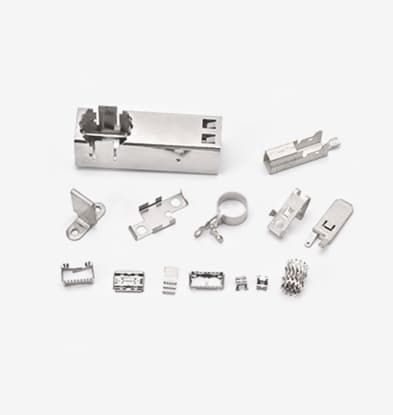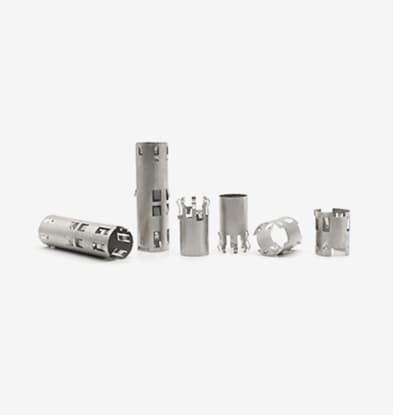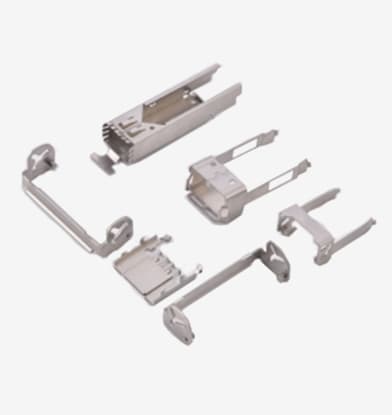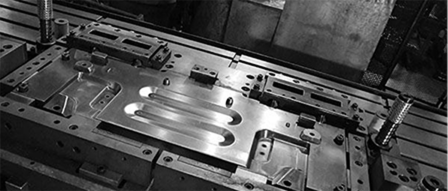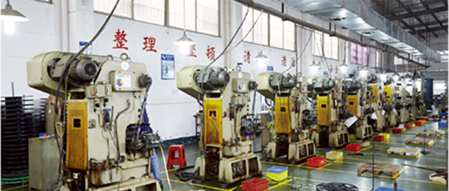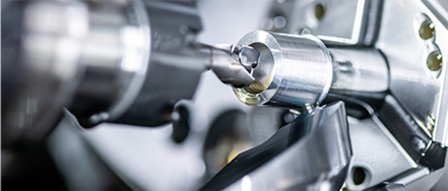Points to Note for Aluminum Alloy Manufacturing and Stamping Processing
Aluminum alloy is the most widely used non-ferrous metal material in industry. It has the advantages of low density, high strength-to-weight ratio, good plasticity, strong conductivity, heat conductivity, and corrosion resistance. It is an indispensable raw material in industries such as aviation, aerospace, automobiles, machinery manufacturing, ships, and chemical engineering.
To address the problems that may arise in the production and stamping of aluminum alloy materials as well as workshop management, the following suggestions are offered for your reference.
Issues to note in the production and stamping of aluminum stamping parts
As aluminum alloy stamping is relatively soft and susceptible to cracking, and is also expensive compared to iron, the following issues should be considered when using aluminum alloy material to make dies:
The hole punching process should be placed at the end of the production process, even if it means adding an additional step, without affecting the number of procedures.
When designing the clearance of the die, a clearance of 10% of the billet thickness should be left on both sides of the material, with a cutting depth of 2mm and a taper of 0.8 to 1 degree, to prevent clogging of the die due to the softness of the aluminum material.
In the bending process, a PE film should be applied to the aluminum raw material, as aluminum debris is easily produced during bending, which can cause processing defects such as point damage and pressure marks. The existence of a PE film can reduce damage to the workpiece, and polishing hard chrome is preferred for forming blocks in the presence of rollers and electroplating.
For aluminum stamping parts that require subsequent anodizing treatment, the flattening process cannot completely bond the product, otherwise acid spitting will occur during anodizing, so a 0.2-0.3mm gap must be left to allow the acid solution to flow smoothly. Therefore, a limit block must be set in this process, and the mold height must be marked on the die.
As aluminum alloy material is brittle and easily cracked, especially in the case of inverted edges, it is best to avoid pressure lines or widen the pressure line and reduce its depth as much as possible.
All aluminum parts require wire cutting processing to prevent burrs and poor separation of materials. The punch used should be made of material with a hardness of at least SKD11, while material such as D2 must not be used.
Issues to note in the aluminum stamping part workshop management
In order to improve product quality and reduce the defect rate, 6S management must be implemented in the workshop, with particular attention paid to cleaning of the die, punch press table, assembly line, and packaging materials, which must be free of sharp debris and dirt. The mold must be cleaned and sorted regularly, with no debris on both sides of the mold.
When there are many burrs on the product, the mold must be repaired in time to improve mold quality and reduce the chances of burrs appearing.
As aluminum alloy parts can overheat and harden when pressed together, applying press plate oil to the surface of the material can dissipate heat and facilitate material handling during punching and cutting.
For aluminum stamping parts with many holes, the mold surface must be cleaned after each hole is punched to keep the mold and product clean and free of debris, reducing top injury to the workpiece. If top injury is found, the problem area causing it in the mold must be identified and resolved before production can continue.
Cleaning of the push block must be done daily as it produces aluminum debris. Punch can easily bring aluminum debris into the strip line during punching, causing wear or even softening of the punch over time. Punch must be cleaned or sharpened regularly, and rigorous first piece inspection must be done when changing suppliers for stamping materials, especially for 180-degree folding products, which must be checked after every 10-30 pieces to see if there are any cracks in the fold caused by uneven material components.

 English
English 